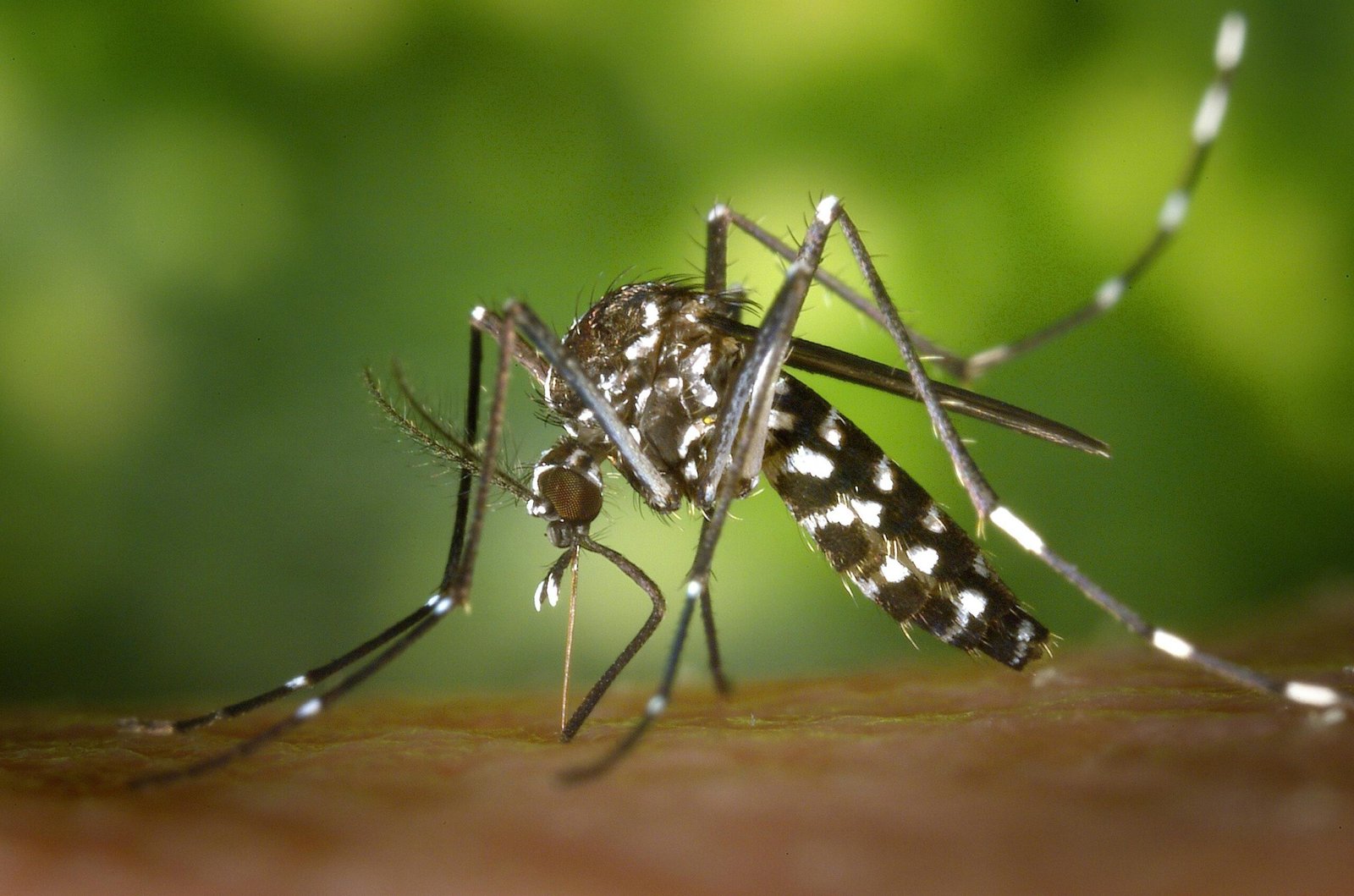The World Health Organization (WHO) has issued a stark warning about the risk of a major chikungunya virus epidemic sweeping across the globe. Echoing the early warning signs from a devastating outbreak two decades ago, the WHO is urging countries and communities worldwide to take urgent action to prevent history from repeating itself.
Chikungunya is a mosquito-borne virus that causes severe fever and debilitating joint pain, sometimes leading to life-threatening complications. Despite its widespread presence, many people are unaware of the risks this virus poses, especially as climate change and global travel expand the mosquito habitats responsible for spreading the disease.
What Is Chikungunya Virus?
Chikungunya is transmitted primarily by female Aedes mosquitoes, especially Aedes aegypti and Aedes albopictus the latter commonly known as the tiger mosquito. These mosquitoes bite mainly during the day, especially in the early morning and late afternoon.
The virus causes symptoms similar to dengue fever and Zika virus, which makes diagnosis challenging. Typical symptoms include:
Sudden onset of high fever
Severe joint pain and swelling, often lasting weeks or months
Headache
Muscle pain
Rash
Fatigue
Though chikungunya has a relatively low fatality rate of less than 1%, when millions are infected, even a small percentage translates to thousands of deaths. The virus can cause long-lasting joint issues, severely affecting quality of life.
The Current Outbreak and Global Spread
From early 2025, chikungunya outbreaks have been reported across several Indian Ocean islands, including Reunion, Mayotte, and Mauritius. Shockingly, one-third of the population of Reunion is estimated to have already been infected.
The virus is now spreading rapidly across parts of East Africa, including Madagascar, Somalia, and Kenya, as well as regions in South Asia. European countries such as France and Italy have reported imported and local transmission cases linked to this outbreak.
These spread patterns closely resemble the 2004–2005 chikungunya epidemic, which initially struck Indian Ocean islands before exploding into a global health crisis affecting nearly half a million people worldwide.
Why Is This Outbreak Particularly Alarming?
High Population at Risk:
The chikungunya virus has been detected in 119 countries, putting approximately 5.6 billion people at risk globally. Regions with little to no prior immunity face the danger of rapid and widespread epidemics, potentially infecting up to three-quarters of local populations.
Expanding Mosquito Habitats Due to Climate Change:
The tiger mosquito (Aedes albopictus) a key vector of chikungunya is expanding its range into new, more northern areas due to rising global temperatures. This extends the geographical reach of the virus and increases the risk of outbreaks in places previously unaffected.
Difficulty in Diagnosis:
Symptoms overlap with dengue and Zika viruses, often leading to misdiagnosis or underreporting, which hampers timely public health responses.
Potential for Severe Health Impact:
Although the fatality rate is low, the debilitating joint pain and high fever can overwhelm healthcare systems if outbreaks grow large. The social and economic burden is significant, particularly in vulnerable communities.
What Is WHO Doing?
WHO’s public health experts are sounding the alarm early to encourage countries to:
Strengthen surveillance and early detection systems to quickly identify and respond to cases.
Enhance mosquito control programs to reduce breeding sites and mosquito populations.
Increase public awareness campaigns about personal protection measures and symptoms.
Coordinate global efforts to share data and resources for outbreak containment.
How Can Individuals Protect Themselves?
Personal preventive measures remain crucial in reducing chikungunya transmission:
Use insect repellents containing DEET or other effective ingredients.
Wear long-sleeved clothing and pants, especially during peak mosquito activity times.
Ensure doors and windows have screens or use mosquito nets.
Eliminate standing water where mosquitoes breed, such as buckets, flower pots, gutters, and discarded tires.
Support community mosquito control efforts.
Early medical consultation is advised if symptoms develop, especially after travel to affected areas.
Conclusion: Urgent Global Action Needed
The WHO’s warning highlights the critical need to prepare for and prevent a potential global chikungunya epidemic. The virus’s rapid spread, coupled with climate-driven expansion of mosquito vectors, means that outbreaks can no longer be confined to tropical regions.
Robust public health infrastructure, community engagement, and individual vigilance are essential to mitigate this looming threat. Learning from the 2004 epidemic, the world must act decisively to protect billions from the debilitating effects of chikungunya.
References and Resources
World Health Organization (2025). WHO warns of global risk from chikungunya virus outbreak. [WHO Press Release]
Centers for Disease Control and Prevention (CDC). Chikungunya Virus: Symptoms and Prevention. https://www.cdc.gov/chikungunya
European Centre for Disease Prevention and Control (ECDC). Chikungunya epidemiological update.

